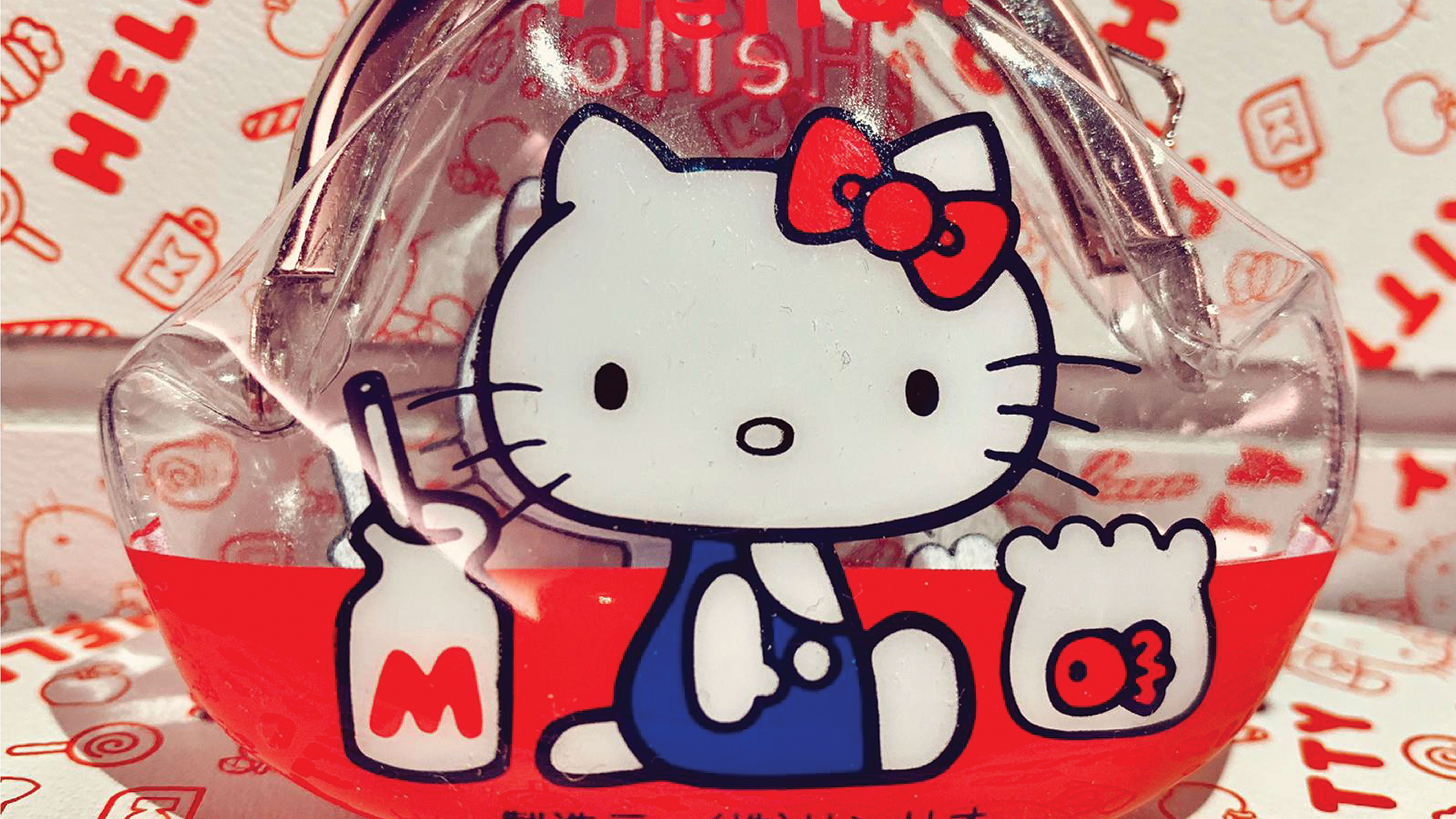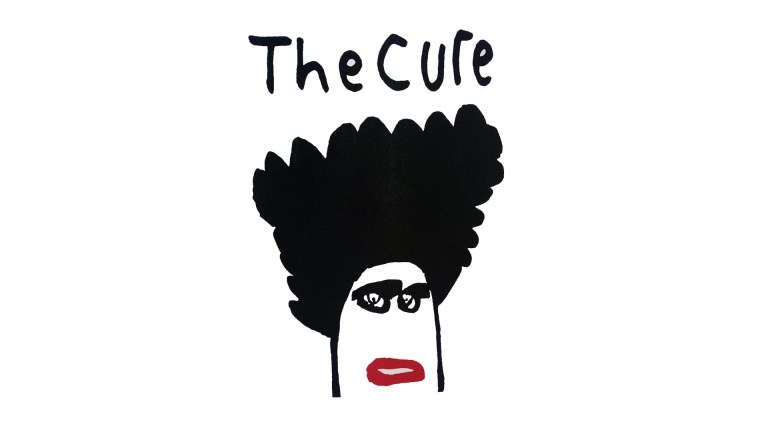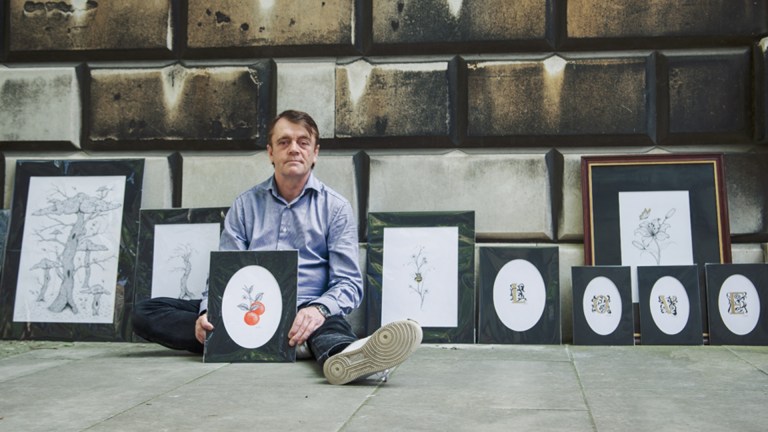She may only be the height of five apples, but Hello Kitty bestrides the world.
As she celebrates her 50th birthday this year, Sanrio’s little white cat has gone far beyond her humble origins adorning a children’s coin purse to collaborate with the world’s coolest brands and designers, inspire cutting-edge artists and reveal the complex power of cuteness – for good and ill. You can fly in a Hello Kitty plane, drive a Louis Vuitton Hello Kitty Mini, play a Hello Kitty telecaster guitar or wear Hello Kitty Dr Martens. You can even toast Hello Kitty with her own branded wine.
Kitty’s origins go back to Tokyo in the mid-70s. Shintaro Tsuji, a former civil servant, had formed Sanrio Company Ltd with the motto ‘Small Gift, Big Smile’ and the aim of bringing happiness to people’s lives through inexpensive goods. His great innovation was the realisation that adding a kawaii (cute) character to those trinkets would massively increase their desirability. Designed by Yuko Shimizu in 1974, Hello Kitty would propel Tsuji’s small company to international significance. She is now the world’s most famous emblem of cuteness.
Change a Big Issue vendor’s life this winter by purchasing a Winter Support Kit. You’ll receive four copies of the magazine and create a brighter future for our vendors
“Hello Kitty is really, really cute. But it’s also really, really clever,” says anthropologist Christine Yano, the author of Pink Globalization: Hello Kitty’s Trek Across the Pacific, the only academic study of Hello Kitty’s impact. “That kind of cute-cleverness might not have been found in Western cute goods. To me, what Sanrio did is they allow for a little bit more space in cute. There’s a greater licence to play with the concept. Hello Kitty has possibilities for irony, has possibilities for satire, has possibilities for some subversiveness. And that makes it exciting.”
Though marketed solely to children for her first couple of decades, in the 90s Kitty White (Hello Kitty’s official name) found commercial success among teenage and adult consumers. At the same time, her international profile exploded. By her 40th birthday in 2014, Hello Kitty was estimated to be worth $8 billion (£6.3bn) a year. She appears on more than 50,000 different products in 130 countries.









